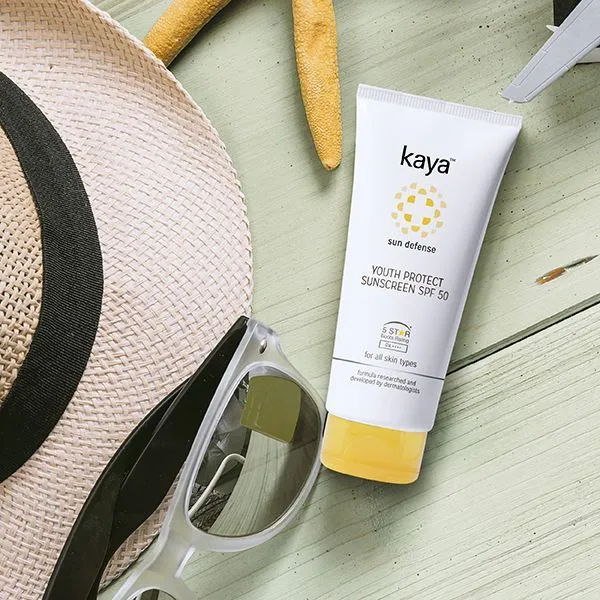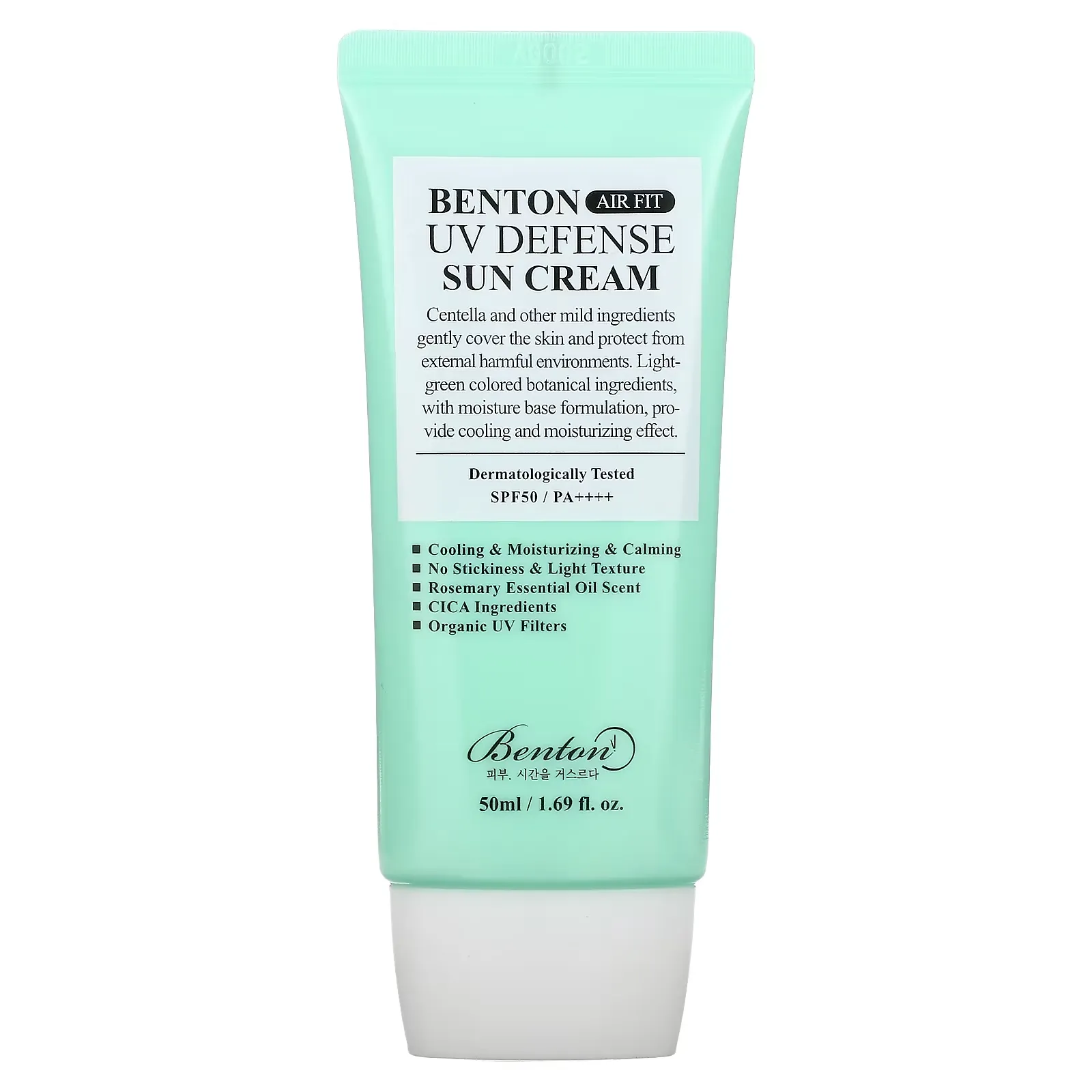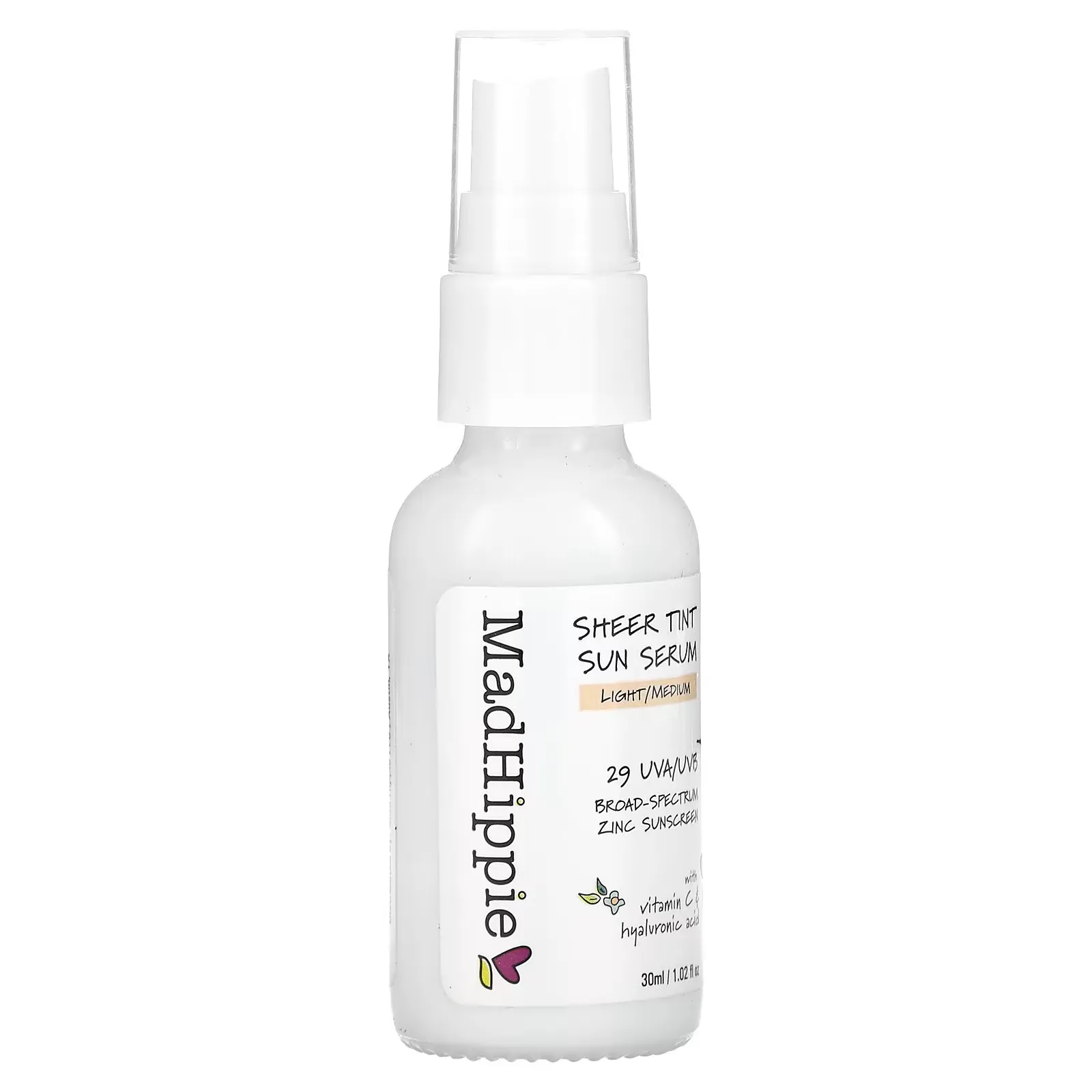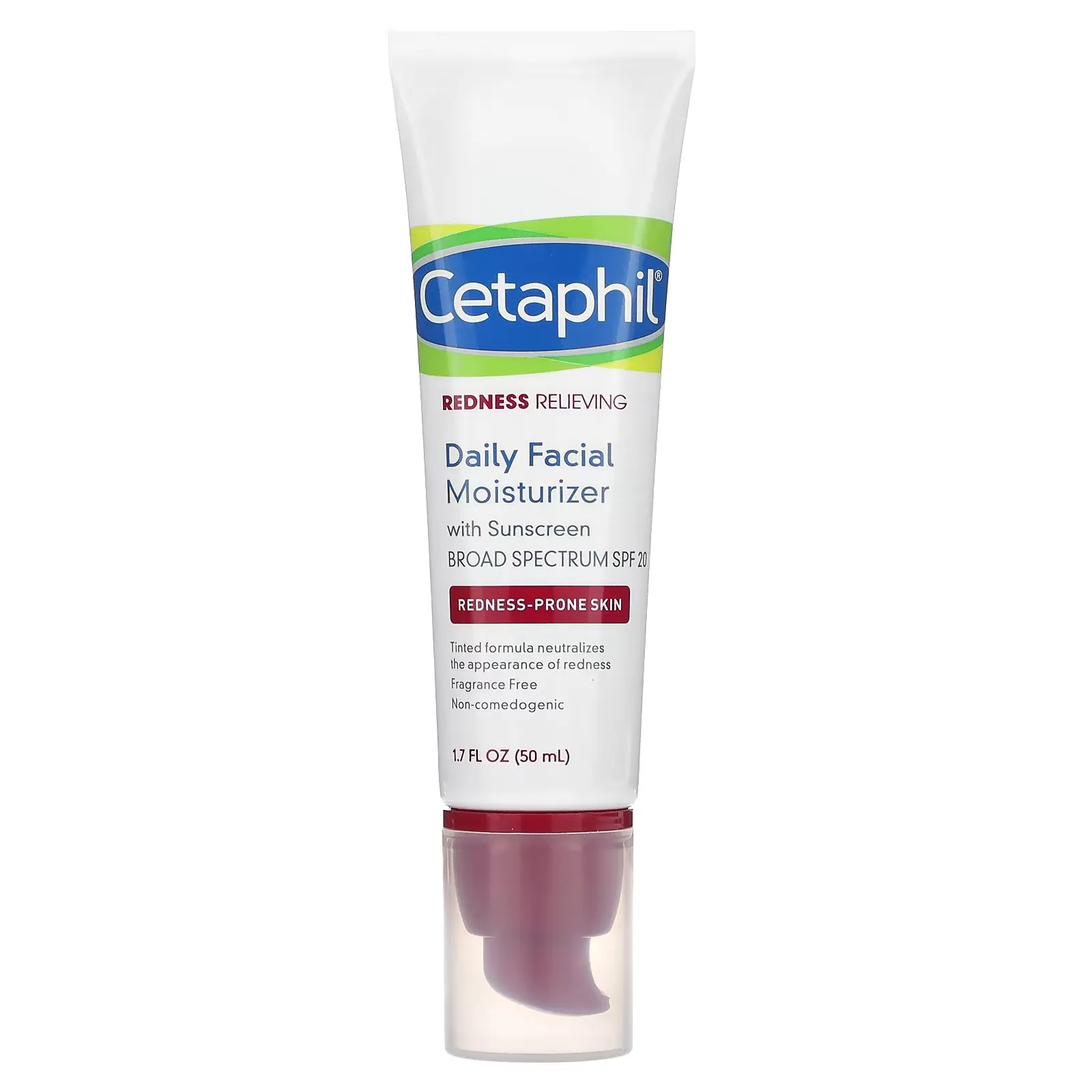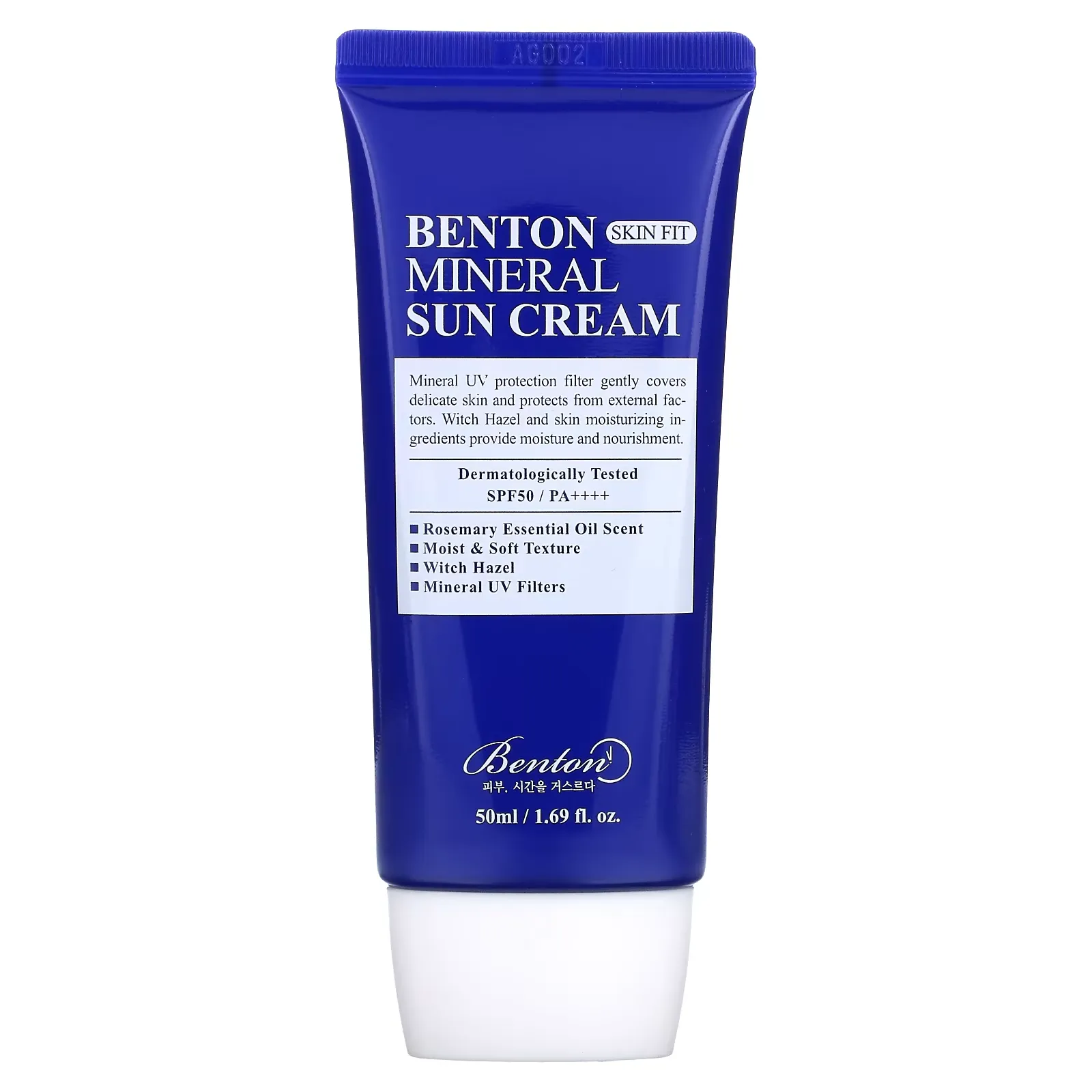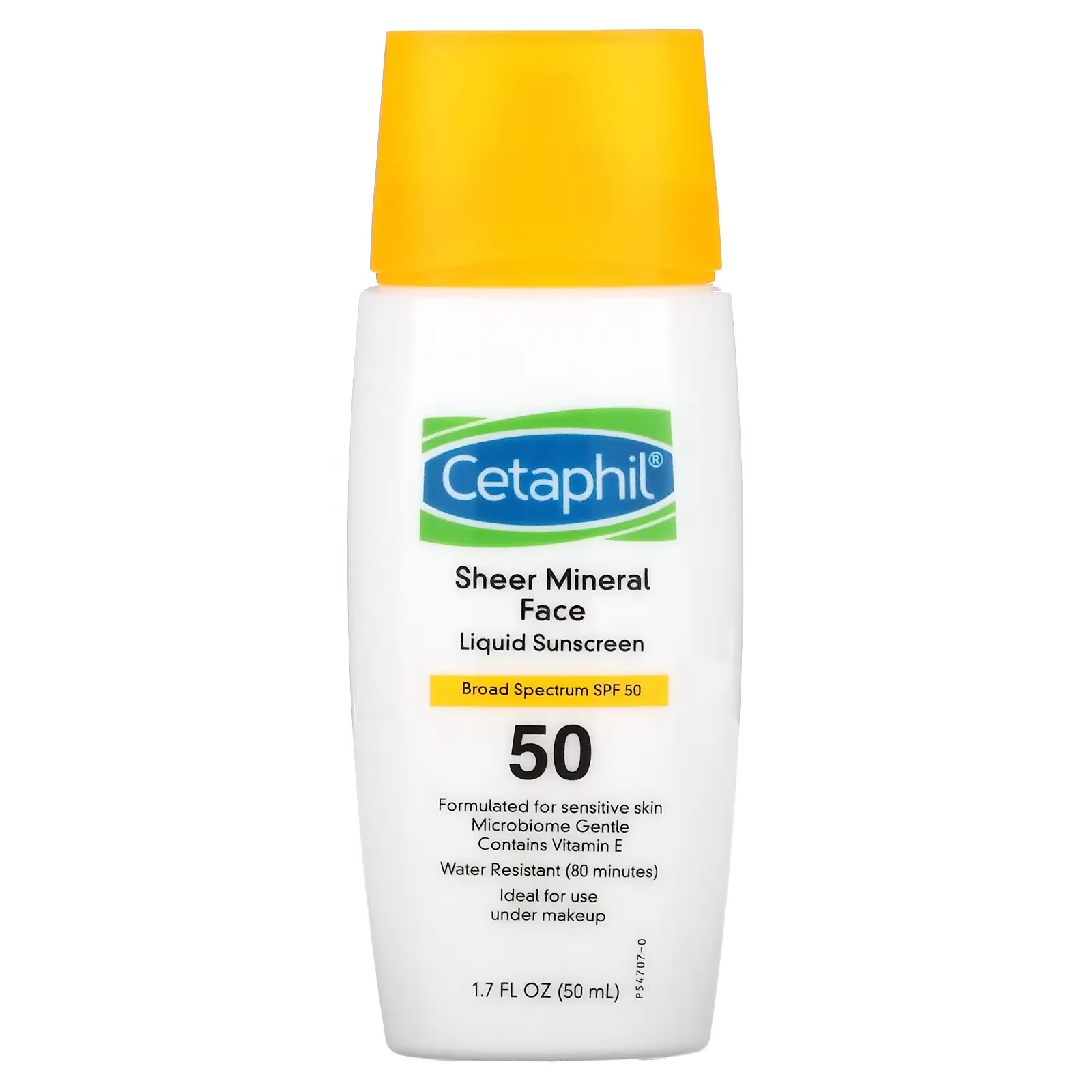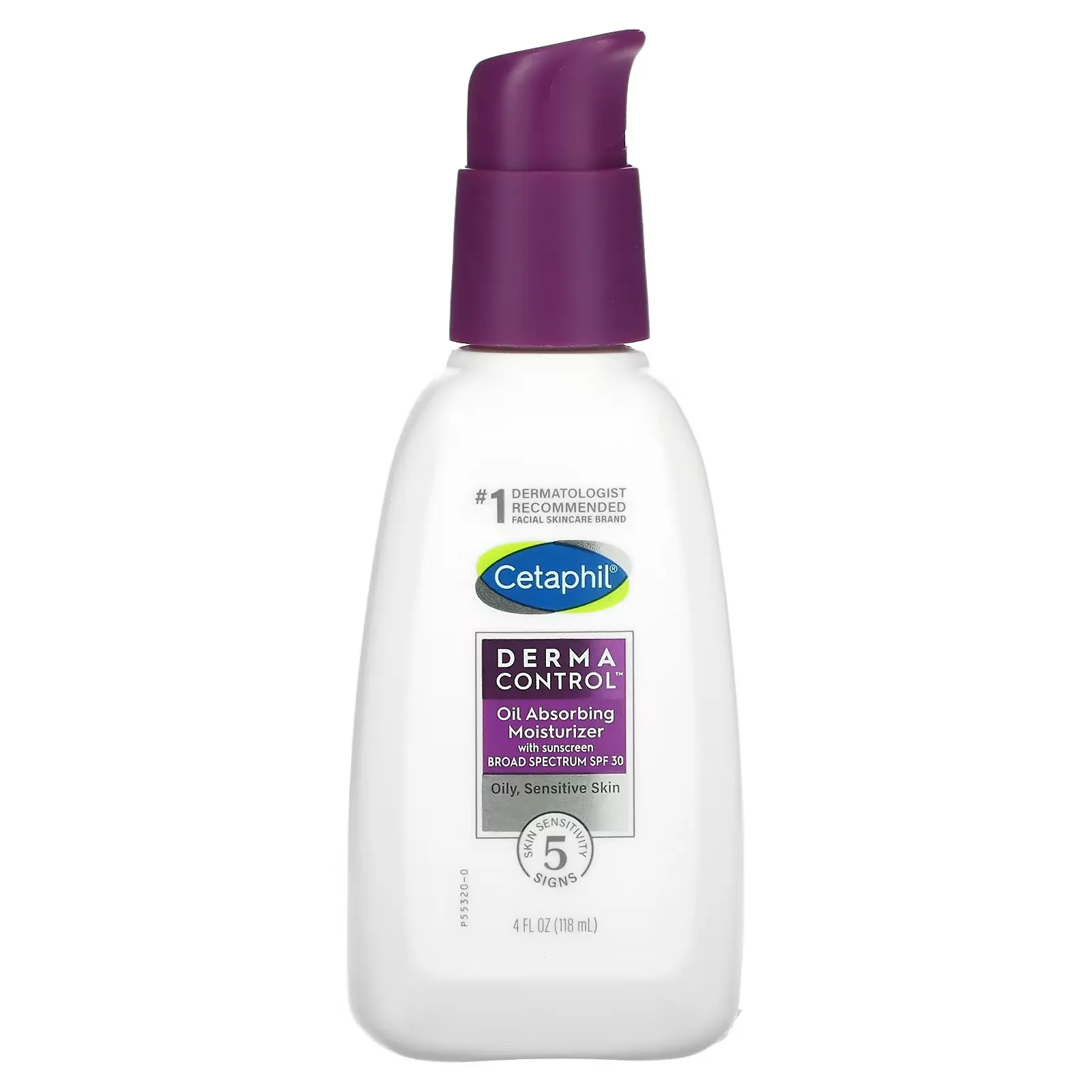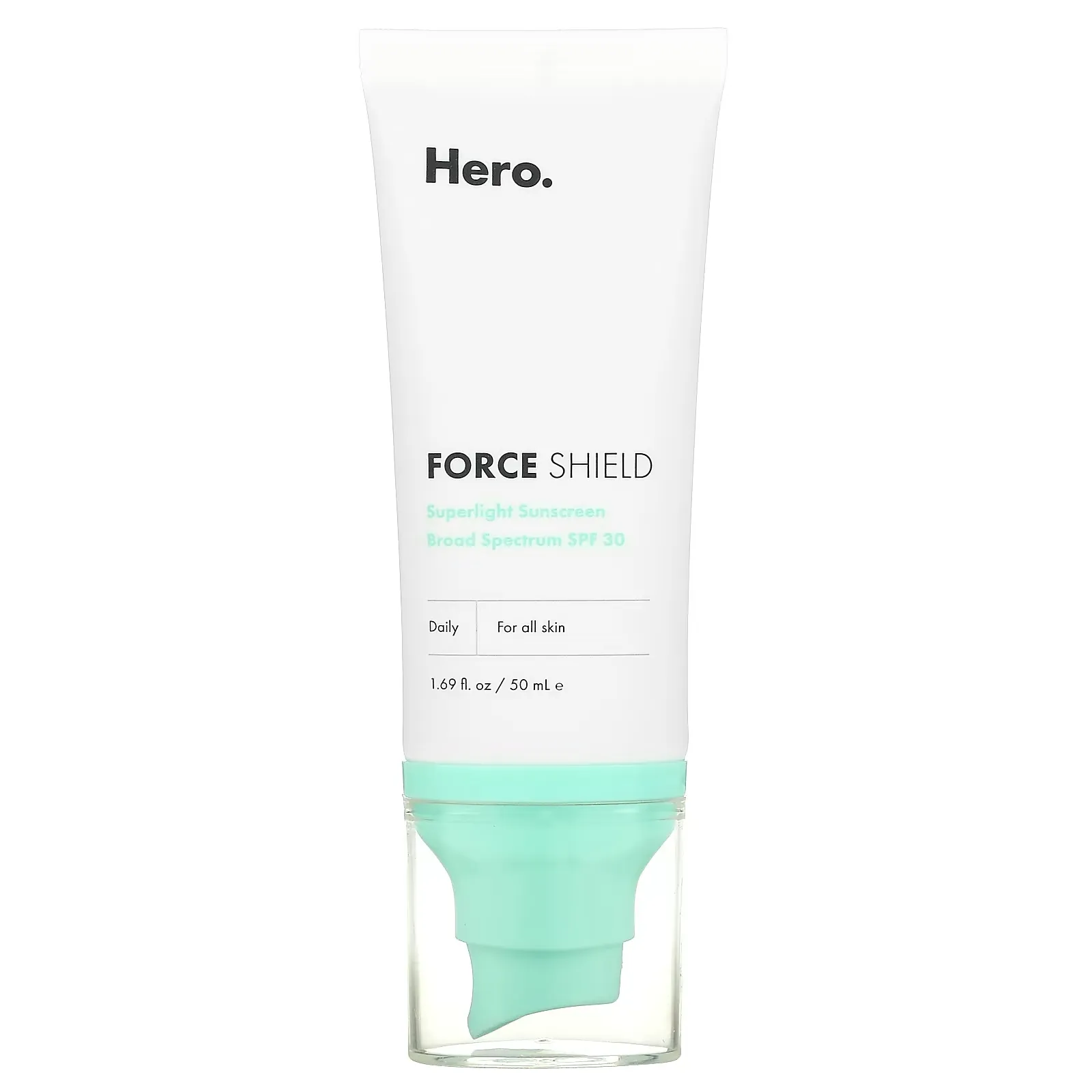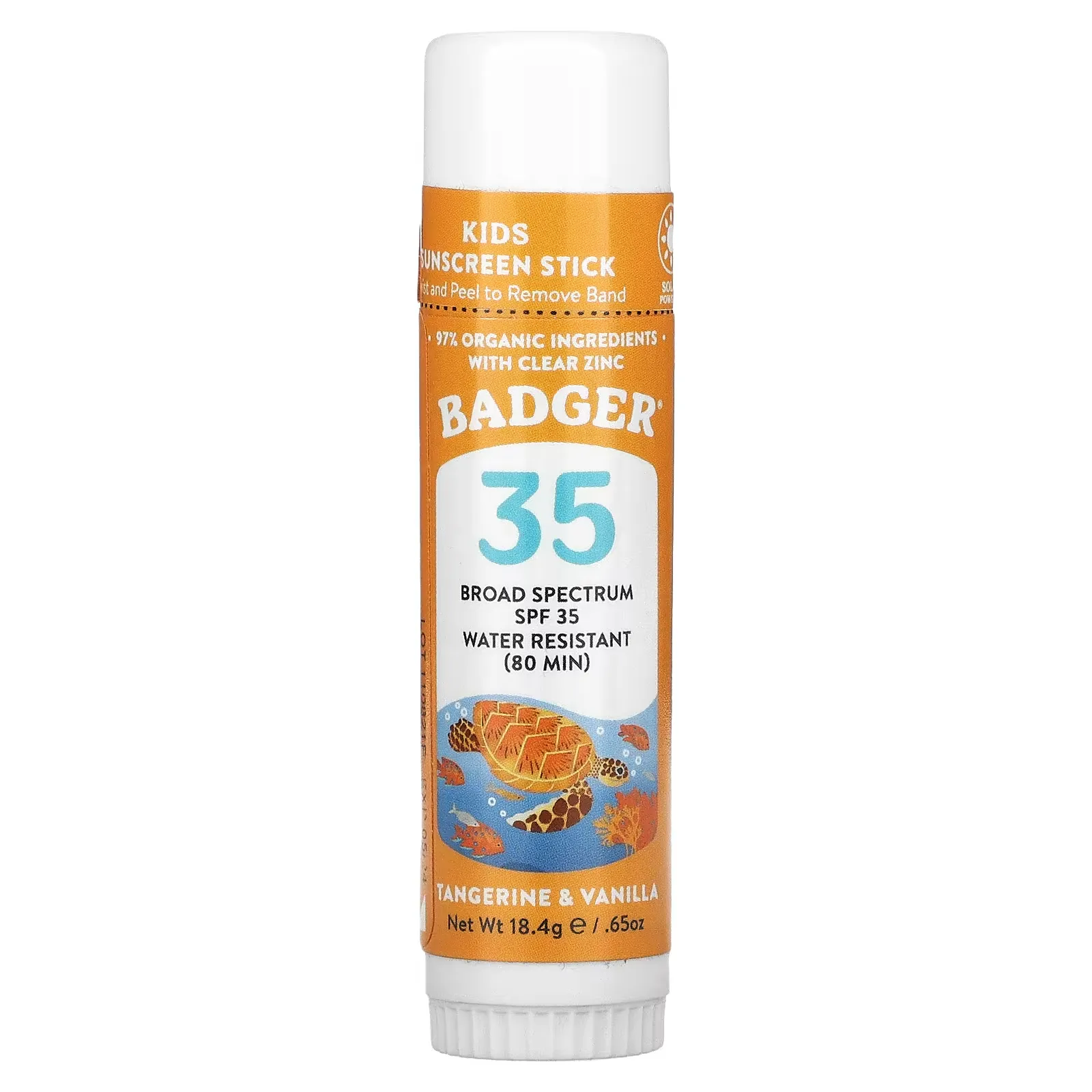YOUTH PROTECT SUNSCREEN SPF 50
- A broad-spectrum sunscreen that protects your skin from harmful UVA/UVB rays
- Ensures highest UVA protection against premature skin ageing
- Geranium, an anti-oxidant, improves skin elasticity and prevents photo-ageing
- It is light-weight, has a non-greasy formula and is PABA free
- Formula researched and developed by dermatologists
BENEFITS
PA ++++ & Ultra Bootstar rating of 5
INDICATION FOR USAGE
Sun Protection
INGREDIENTS
- Broad spectrum sunscreen actives protect the skin from harmful UVA & UVB rays
- This formula is designed with botanical extracts (Geranium robertianum)
- Potent anti-oxidant which improves the skin elasticity and prevents photo ageing
- Multi mineral active Magnesium aspartate (and) zinc gluconate (and) copper gluconate
- Boosts oxygenation of the skin cells & helps in cell regeneration
HOW MUCH TO USE
Use a coin size amount
HOW TO USE
SUITABLE SKIN TYPE
KAYA YOUTH PROTECT SUNSCREEN SPF 50 is suitable for Combination, Dry, Normal & Oily skin
WHEN TO USE IT
BEST USED WITH
REPLENISHING NIGHT CREAM
- This night cream packed with potent actives, it improves the skin texture while you sleep
- Is best suited for early signs of ageing like age spots, open pores, dry and patchy skin
- The luxurious hydrating formula replenishes your skin with the moisture it needs
- Niacinamide works on dark spots, giving you brighter skin so that you wake up with a refreshed and radiant glow
Q&A
What does prolonged sun exposure do to my skin?
- Ultraviolet radiations reaching the earth?s surface are largely composed of UVA and UVB rays. The UVB rays can penetrate only through the epidermal or outermost layer of the skin, which can bring changes that may be clinically related to specific signs of photo aging, such as wrinkling, increased damage of elastic and collagen. Most Indians tan because of sun exposure.
- Meanwhile, UVA rays can penetrate deeper into the skin, which means the dermal layer also suffers damage. Constant UVA exposure can reduce the size of the dermal layer. Free radicals, also called ROS (reactive oxygen species, which are formed on exposure to UV rays). High exposure can reduce the ability of the lipid barrier to protect your skin and affect your overall health.
- The best way to save your skin is to avoid too much exposure. Sunscreens are recommended for children and adults. The skin of babies is thin and absorbs the chemical ingredients easily; hence, sunscreen is not recommended for them. They should be protected by clothing & hats.
What are the common myths about sunscreens?
Myth: I do not require sunscreen on a cloudy day.
- Fact: Up to 80% of UV, radiation can penetrate light cloud cover and haze in atmosphere can increase penetration
Myth: I do not need sunscreen while in water.
- Fact: Water offers only minimal protection, and reflection from water in fact enhances UV radiation exposure.
Myth: I am not sunburned if I do not feel the hot rays of the sun.
- Fact: Sunburn is caused by UV radiation that cannot be felt.
Myth: I apple sunscreen regularly, but I get a tan.
- Fact: Adequate amount has to be applied to get the best out of the sunscreen, and needs to be repeated under direct sun exposure and near beaches.
Myth: The higher the SPF, the better the protection
- Fact: For general incidental sun exposure, SPF 15 is good enough protection. Recent US FDA recommendations have suggested to put the cap on the SPF number as 50+.








